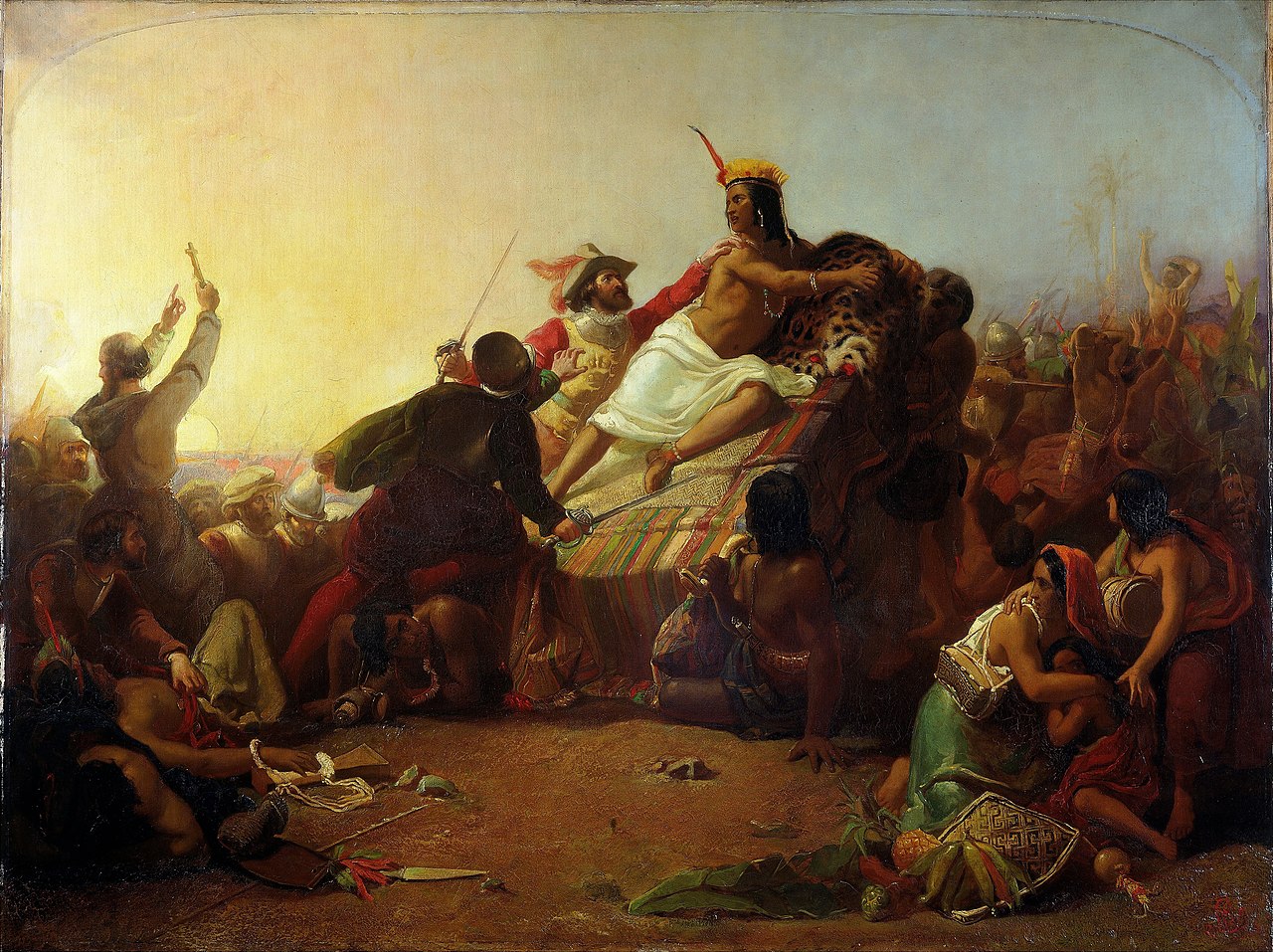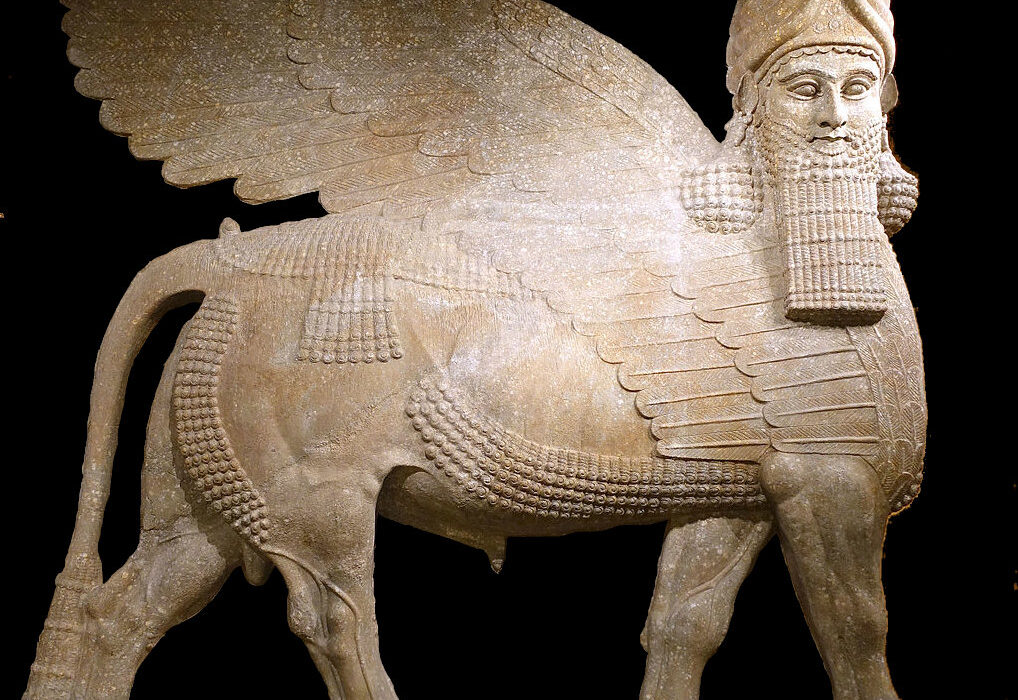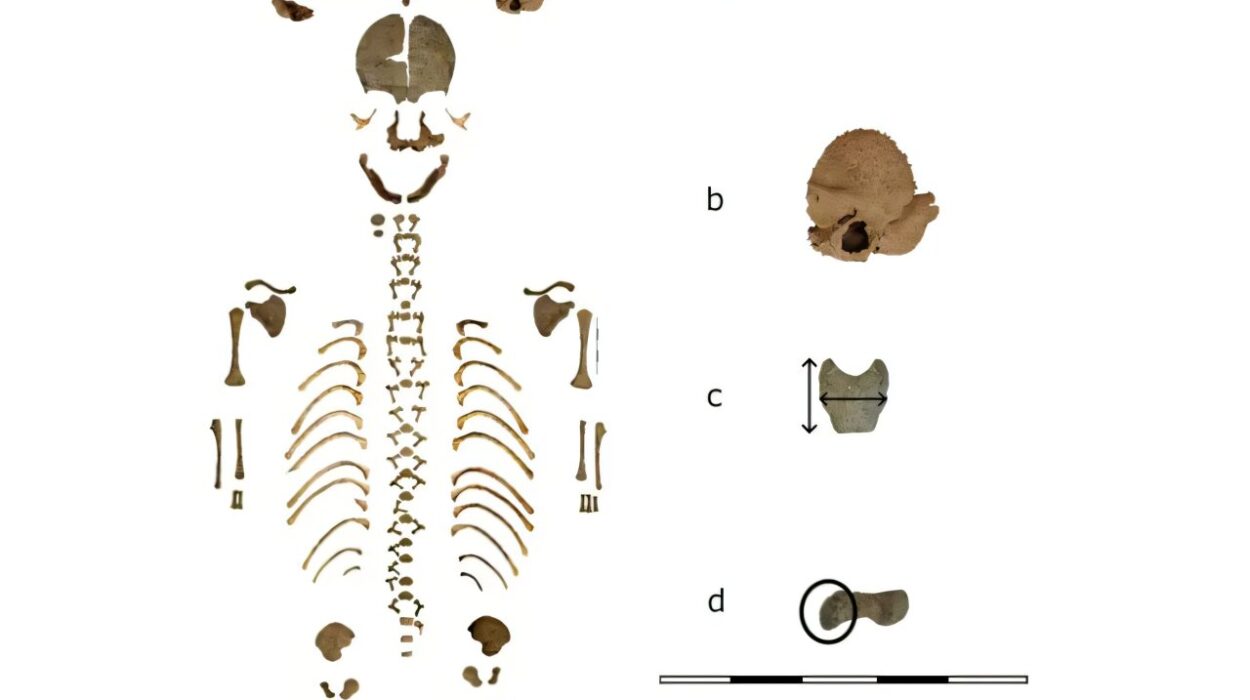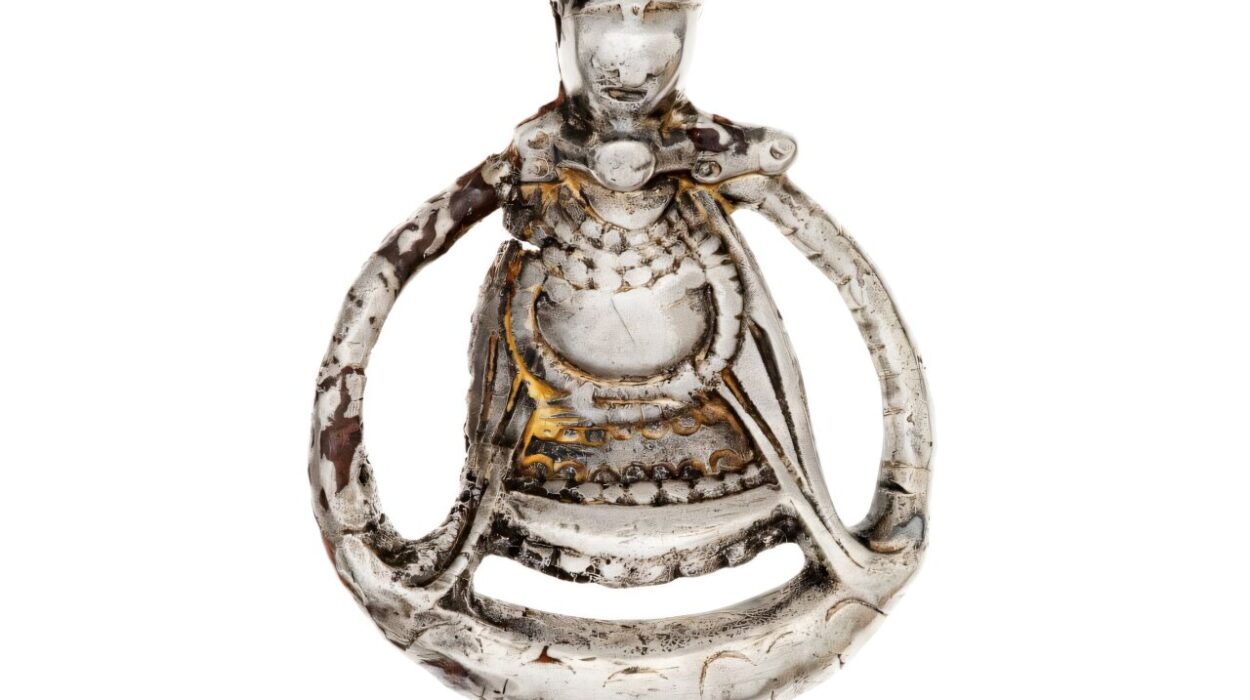High in the rugged Andes mountains of South America, a vast empire stretched across valleys, rivers, and coastal deserts. By the early 16th century, the Inca Empire—known as Tawantinsuyu, “the land of the four quarters”—was the largest and most powerful state in the Americas. From their capital at Cusco, the Inca ruled over some 12 million people, spreading across modern-day Peru, Ecuador, Bolivia, Chile, Argentina, and Colombia.
Their empire was a marvel of organization and ingenuity. Roads thousands of kilometers long linked distant provinces. Agricultural terraces carved into mountainsides produced maize and potatoes at altitudes where no European crop could grow. Intricate irrigation systems carried water across barren landscapes. The Inca had no written alphabet, yet they recorded information with quipu, knotted cords used for accounting and communication.
Religion infused every aspect of life. The sun god Inti was worshipped as the divine ancestor of the ruling family, while mountains, rivers, and ancestors were venerated as sacred beings. The emperor, or Sapa Inca, was not only a political ruler but also a living god. At its peak, Tawantinsuyu seemed invincible, an empire forged in stone and faith. Yet in just a few short years, this mighty civilization would crumble under the weight of internal conflict and foreign invasion.
The Arrival of Strangers from the Sea
Far to the north, European explorers had begun sailing across the Atlantic, driven by ambition, greed, and faith. In 1492, Columbus opened the gateway for Spain’s expansion into the New World. By the early 1500s, Hernán Cortés had toppled the Aztec Empire in Mexico, proving that small bands of Spaniards armed with steel, horses, and gunpowder could dismantle mighty civilizations.
News of untold riches spread quickly, drawing ambitious adventurers. Among them was Francisco Pizarro, an illiterate soldier from humble origins in Spain. Inspired by the wealth of the Aztecs, Pizarro turned his eyes southward, where rumors spoke of an even greater empire rich in gold and silver.
In 1526, Pizarro led his first expedition along the Pacific coast of South America, encountering Inca settlements on the northern frontier. Though his early attempts were unsuccessful, he glimpsed the wealth and potential of this empire. With persistence and royal approval, Pizarro organized a third expedition, this time determined to conquer the Inca.
Civil War in Tawantinsuyu
By the time the Spaniards arrived in 1532, the Inca Empire was already weakened by internal strife. The death of Emperor Huayna Capac in the late 1520s, likely from a European disease such as smallpox that reached the Andes before the Spaniards themselves, left a vacuum of power. His sons, Huáscar and Atahualpa, each claimed the throne, plunging the empire into civil war.
The struggle was brutal and destabilizing. Huáscar controlled Cusco, the traditional capital, while Atahualpa ruled from the northern city of Quito. Armies clashed across the Andes, devastating provinces and eroding the unity of the empire. By 1532, Atahualpa had emerged victorious, capturing Huáscar and consolidating his power.
Yet this victory came at a terrible cost. The empire was exhausted, its armies weakened, and its people divided. The timing could not have been more catastrophic. As Atahualpa celebrated his triumph, Francisco Pizarro and his band of fewer than 200 Spaniards advanced into Inca territory.
The Fateful Meeting at Cajamarca
In November 1532, Pizarro and his men marched inland, reaching the town of Cajamarca, where Atahualpa encamped with tens of thousands of soldiers. Though vastly outnumbered, Pizarro understood the advantage of surprise and strategy. The Spaniards possessed steel swords, guns, and horses—technologies unknown to the Inca.
Atahualpa, confident after his civil war victory, underestimated the threat posed by this small band of foreigners. Believing them to be no more than strange visitors, he agreed to meet Pizarro in Cajamarca’s central plaza. The stage was set for one of the most consequential encounters in history.
On November 16, 1532, Atahualpa entered Cajamarca with thousands of attendants, carried on a golden litter. Waiting in ambush, Pizarro’s men hid in surrounding buildings. A Dominican friar approached Atahualpa, offering him a Bible and demanding he submit to Christianity and the Spanish king. Atahualpa, offended and bewildered by this foreign ritual, rejected the demand.
This was the signal. Cannons roared, horses charged, and steel clashed against wood and cloth. The Inca attendants, unarmed and unprepared, were massacred. In the chaos, Pizarro personally seized Atahualpa, dragging him from his litter. In a single night, the Inca emperor—the living son of the sun—was captured, and the fate of his empire sealed.
Gold, Silver, and Betrayal
Atahualpa quickly realized the Spaniards’ lust for wealth. From captivity, he offered an extraordinary ransom: a room filled with gold and two more with silver in exchange for his freedom. Over the following months, treasures from across the empire were brought to Cajamarca. Golden artifacts, ceremonial objects, and ornaments crafted by Inca artisans were stripped from temples and palaces.
The ransom, once collected, was immense—the largest payment of its kind in history. Yet even this fortune could not save Atahualpa. Fearful that freeing him would spark resistance, Pizarro and his men accused him of treason and idolatry. In August 1533, after a mock trial, Atahualpa was executed by strangulation. The divine emperor of the Inca was gone, leaving the empire leaderless.
March on Cusco
With Atahualpa dead, the Spaniards pushed deeper into the Andes. Though the Inca still had powerful armies, the capture and execution of their ruler had shattered the spiritual foundation of their empire. Many nobles, seeing an opportunity to secure their own power, allied with the Spaniards against rival factions.
In 1533, Pizarro’s forces marched on Cusco, the heart of Tawantinsuyu. The city, with its magnificent stone architecture and temples of gold, fell with little resistance. The Spaniards installed a puppet ruler from the Inca royal line, but real power lay with the conquistadors.
The fall of Cusco marked the symbolic collapse of the Inca Empire. What had taken centuries to build was unraveled in a matter of months. Yet resistance did not vanish. Across the Andes, rebellions erupted, and the spirit of Tawantinsuyu endured in hidden strongholds.
Resistance and the Last Inca
Though conquered, the Inca did not surrender quietly. Manco Inca, initially a Spanish ally, turned against the invaders after witnessing their cruelty. In 1536, he led a massive rebellion, besieging Cusco with tens of thousands of warriors. For months, the Spaniards were trapped in the city, nearly driven out. But Spanish cavalry and superior weaponry ultimately broke the siege.
Manco Inca retreated into the remote fortress of Vilcabamba, deep in the jungle. There, the so-called “Neo-Inca State” resisted for nearly 40 years. It was not until 1572 that Spanish forces captured and executed the last Inca ruler, Tupac Amaru I, extinguishing the final flame of imperial resistance.
The Role of Disease
While Spanish weapons and strategy were decisive, another invisible force played an even greater role in the downfall of the Inca: disease. Long before Pizarro reached the Andes, European diseases such as smallpox, measles, and influenza had spread from the Caribbean and Central America into South America.
These epidemics decimated Indigenous populations, killing millions and destabilizing societies. Huayna Capac himself likely died of smallpox, triggering the civil war between his sons. The Inca had no immunity to these foreign pathogens, and entire communities collapsed under the weight of disease.
By the time the Spaniards arrived, the empire was already weakened. Disease, more than swords or cannons, ensured that Tawantinsuyu could not withstand the invaders.
The Aftermath of Conquest
The fall of the Inca Empire marked the beginning of a new and painful chapter in Andean history. Spanish colonization transformed the region, imposing new systems of government, religion, and economy. Indigenous people were forced into labor under the encomienda system, working in mines and fields for Spanish overlords. The once-proud cities of the Inca were stripped of their riches, and their temples converted into churches.
Yet Andean culture did not disappear. Traditions, languages, and beliefs endured, blending with Spanish influences to create a unique cultural heritage. Quechua, the language of the Inca, is still spoken by millions today. Indigenous communities preserved their agricultural techniques, festivals, and reverence for the land, keeping alive the spirit of Tawantinsuyu beneath the weight of conquest.
Why the Inca Fell
The collapse of the Inca Empire was not the result of a single cause but a convergence of factors. Civil war divided and weakened the empire at the very moment of invasion. The capture and execution of Atahualpa shattered political and spiritual authority. Spanish steel and horses provided a military edge. Native allies, seeking revenge against the Inca’s dominance, supported the conquistadors. And above all, disease devastated the population, making resistance impossible on a massive scale.
It is tempting to see the fall of the Inca as inevitable, but history is rarely so simple. Had the empire been united, had disease not struck, or had Atahualpa recognized the true danger of the Spaniards, events might have unfolded differently. The conquest was as much a story of chance and circumstance as it was of power and ambition.
Legacy of the Inca
The story of the Inca did not end with conquest. Their roads, terraces, and aqueducts still shape the landscapes of the Andes. Machu Picchu, once a royal estate, now stands as one of the world’s most iconic archaeological wonders. The Inca legacy endures not only in ruins but in the resilience of Andean peoples who carry forward their ancestors’ traditions.
The Spanish conquest brought devastation, but it also fused two worlds. Out of tragedy emerged new cultural forms, languages, and identities that define the Andes today. The fall of the Inca reminds us of the fragility of empires, the unpredictability of history, and the enduring strength of human cultures in the face of upheaval.
Conclusion: A Civilization Remembered
The fall of the Inca Empire was one of history’s most dramatic encounters—a collision of worlds that reshaped continents. In less than a decade, one of the greatest civilizations of the Americas was dismantled by a handful of foreign invaders. Yet the story is not only one of loss but also of survival.
Biological, political, and cultural forces intertwined to bring down Tawantinsuyu, but its memory remains alive in the mountains and valleys of the Andes. The descendants of the Inca still speak their language, honor their traditions, and walk the same terraces their ancestors built.
The Spanish conquest reminds us how fragile human achievements can be, but also how enduring the human spirit is. The Inca fell, but their story continues—etched in stone, woven into cloth, sung in Quechua, and remembered as one of the most powerful tales of resilience in human history.






